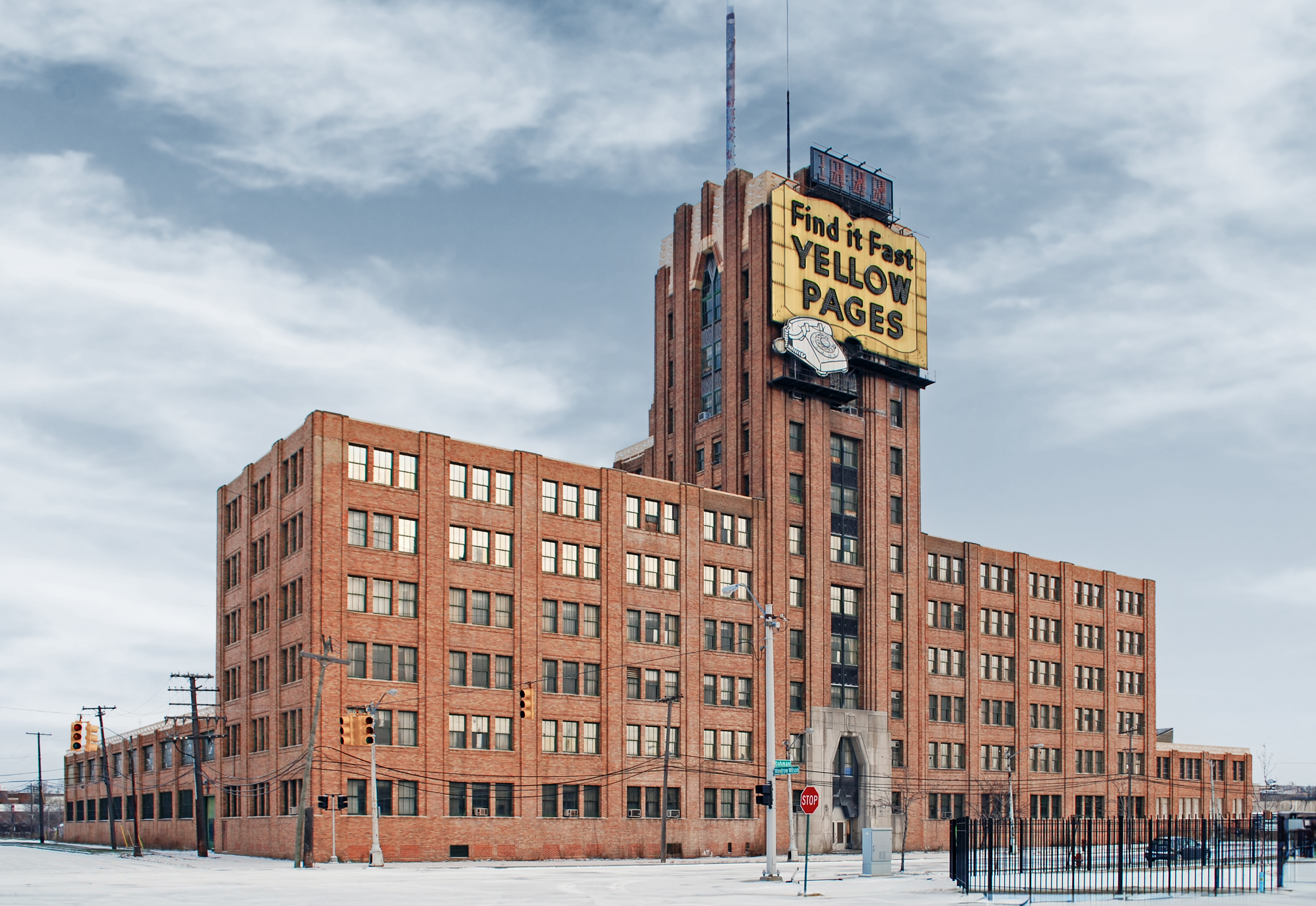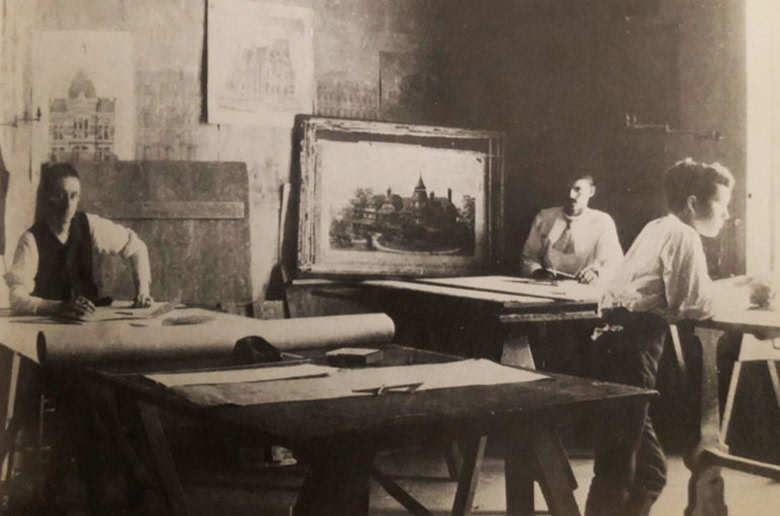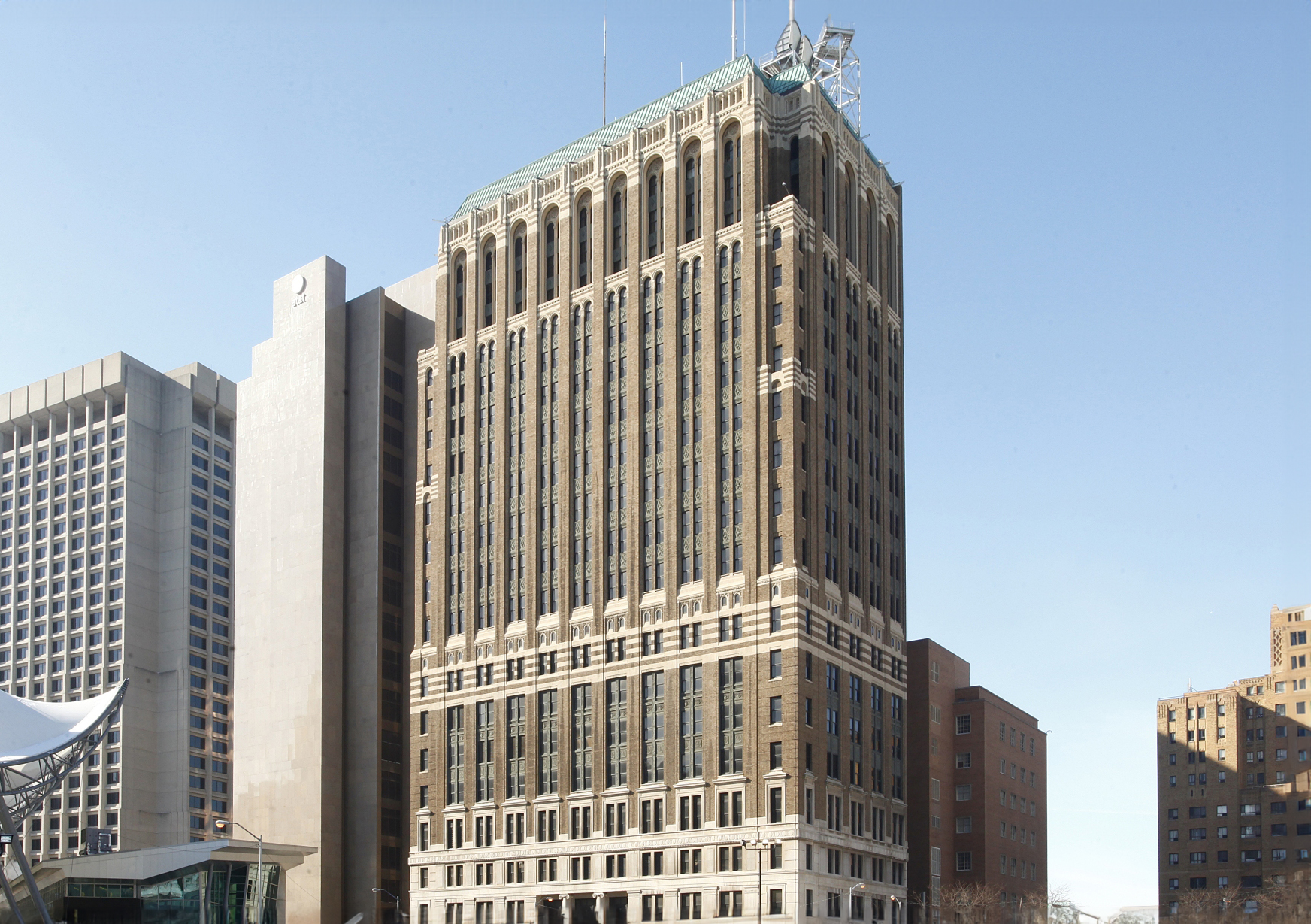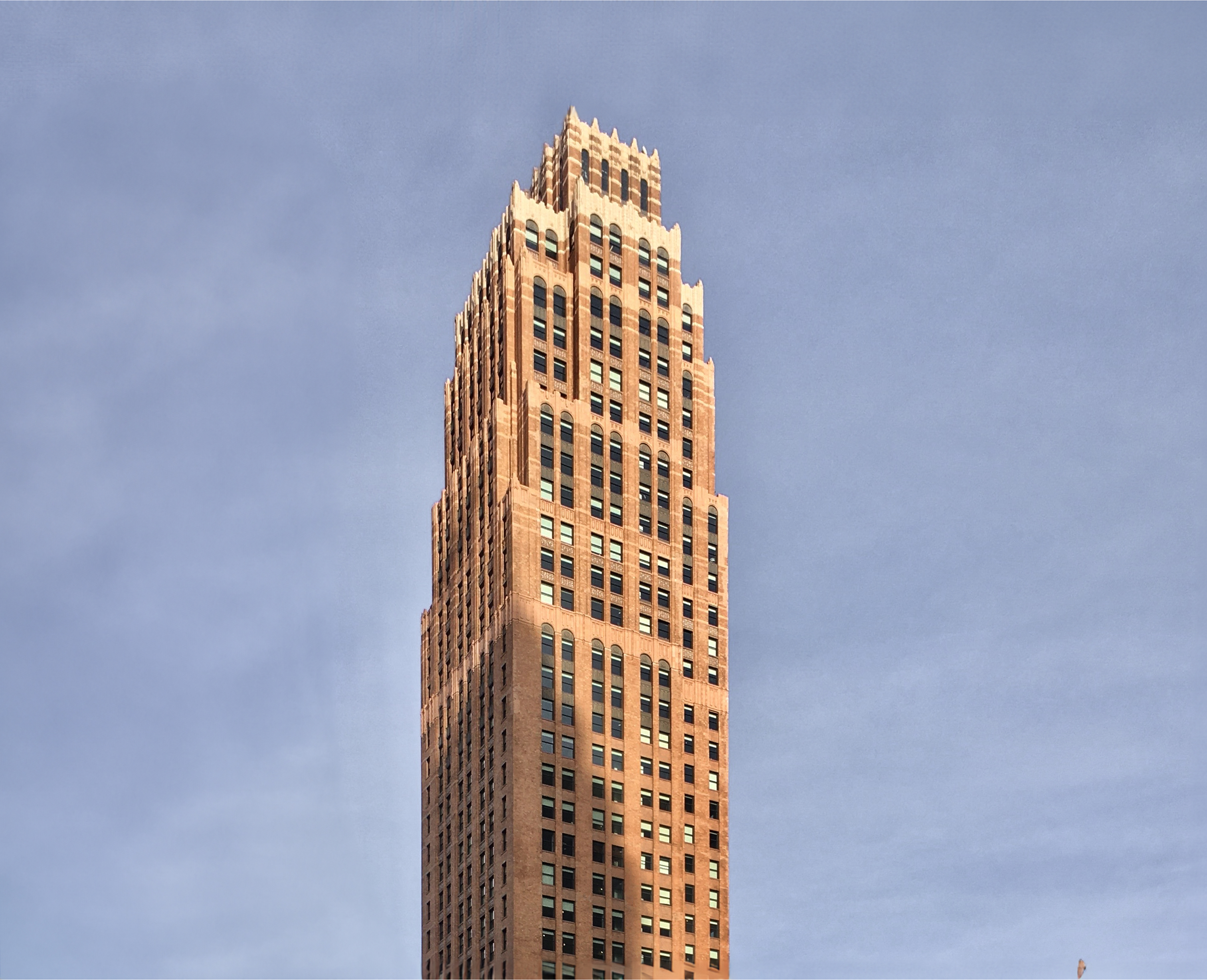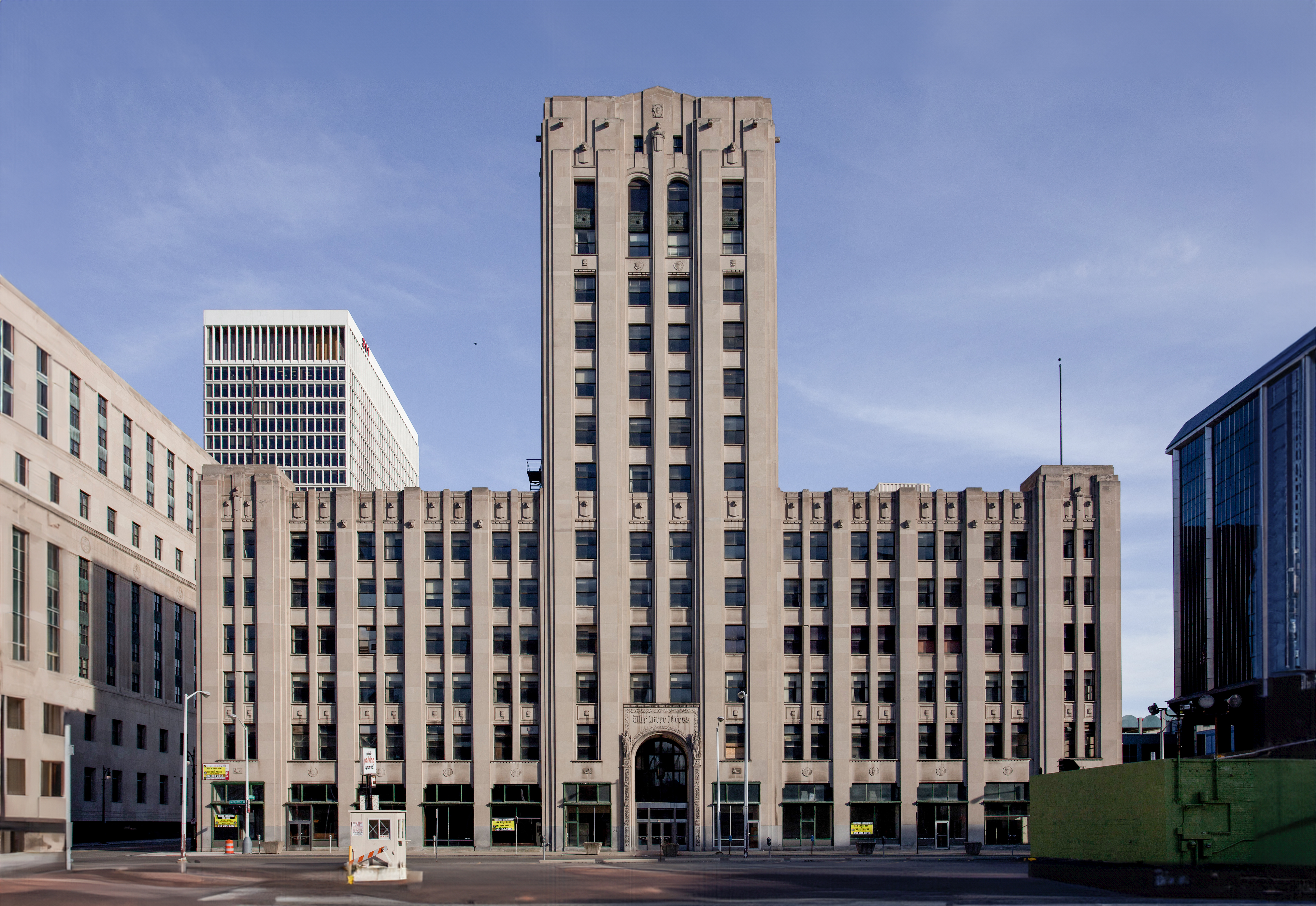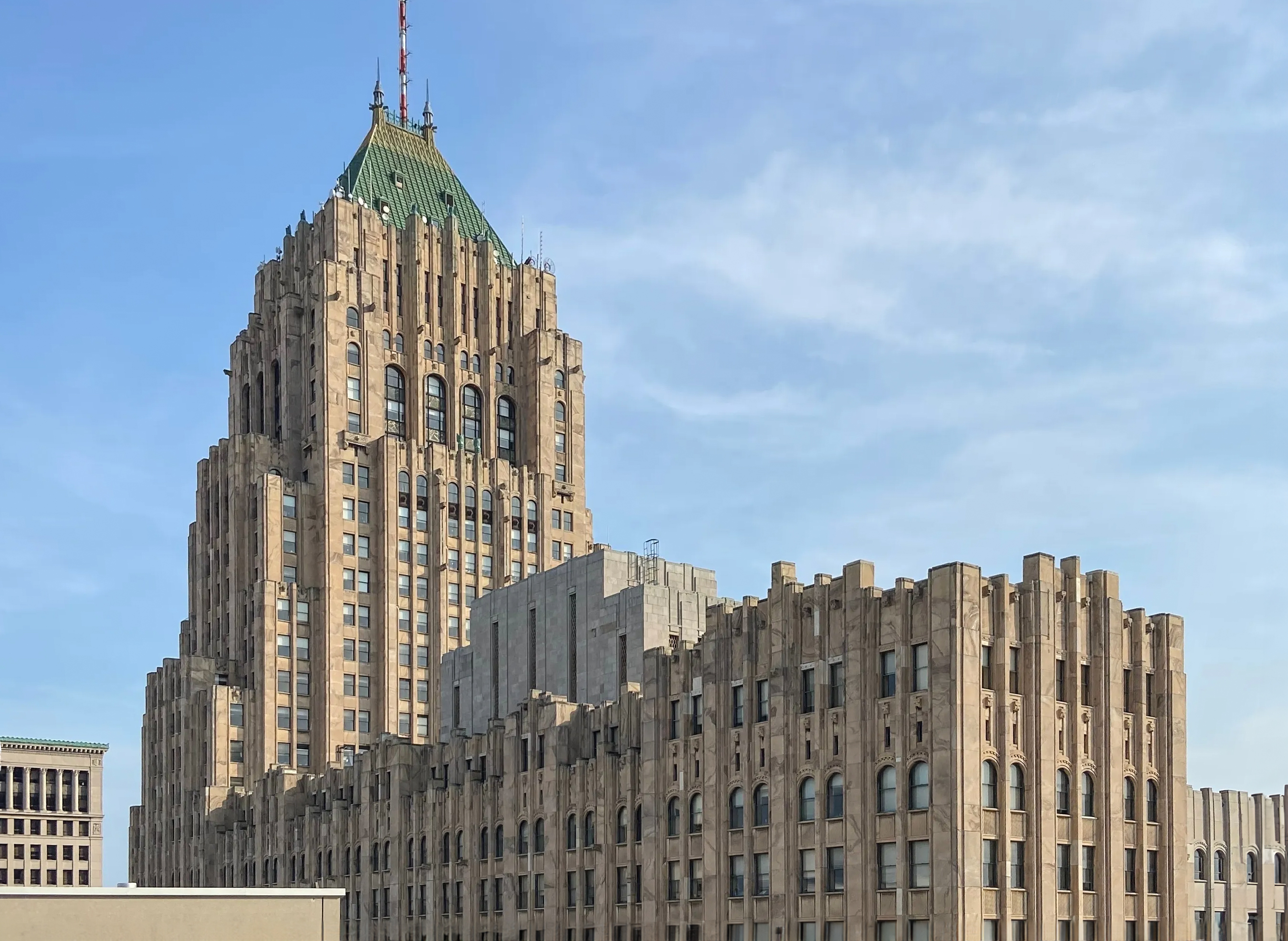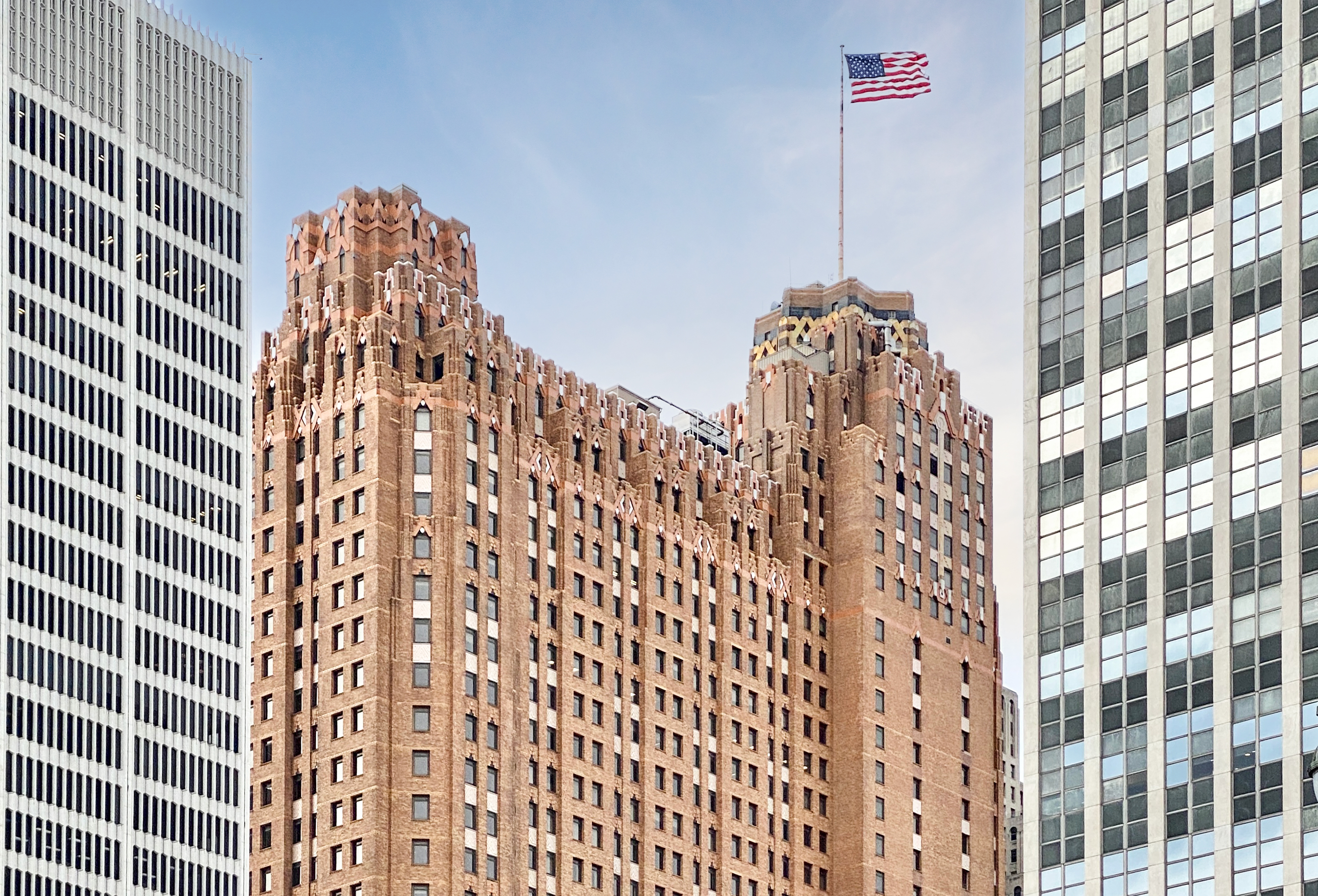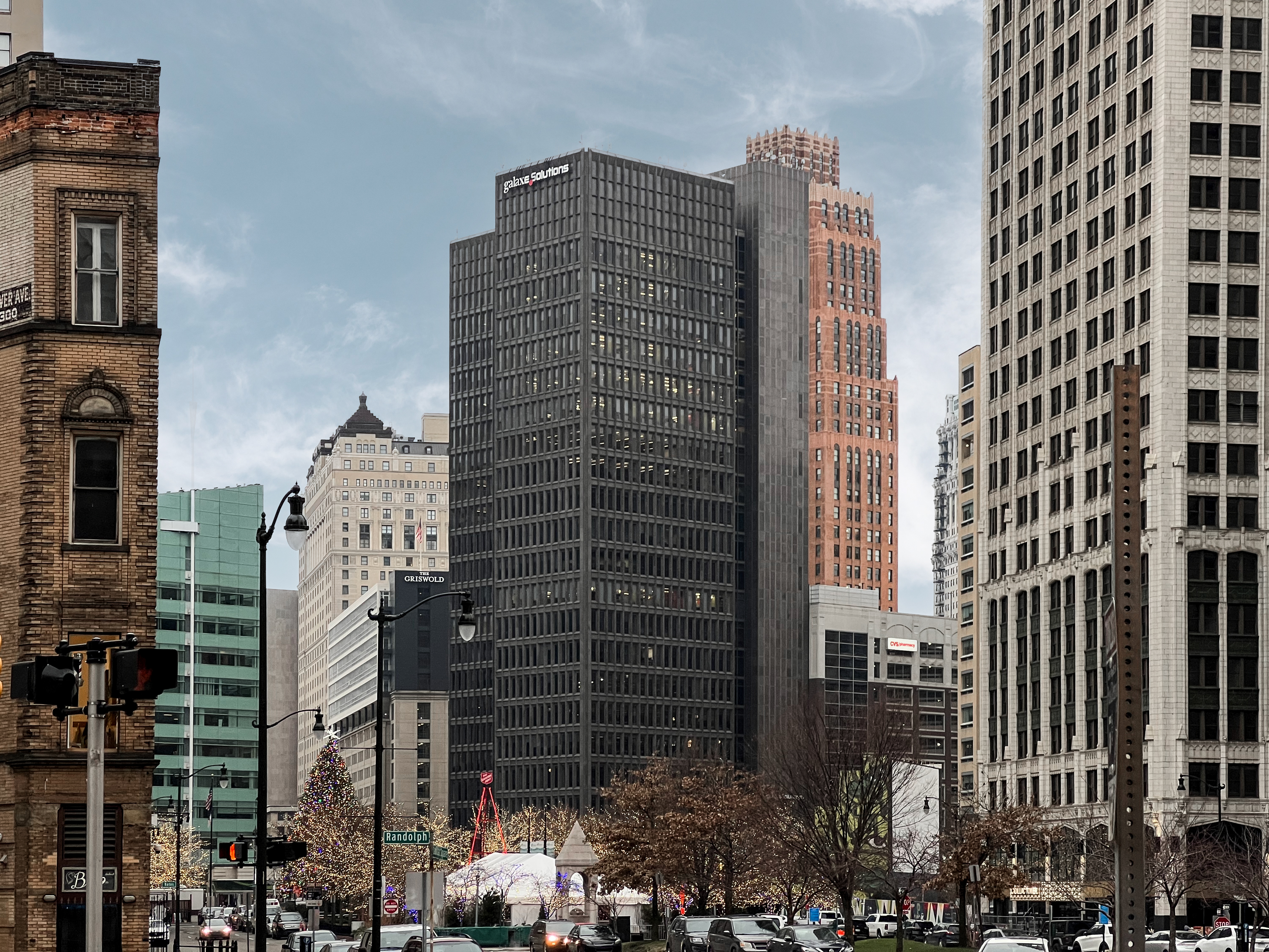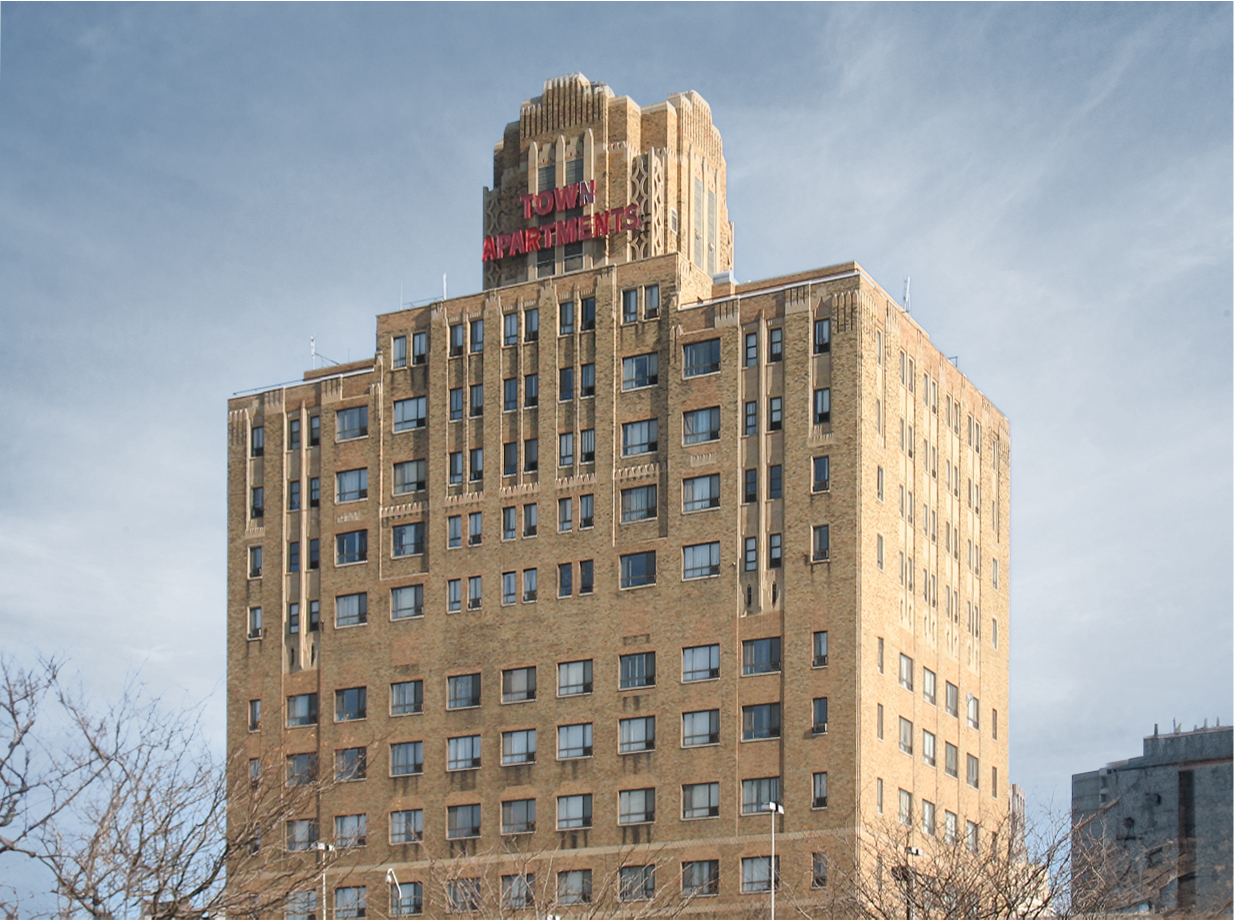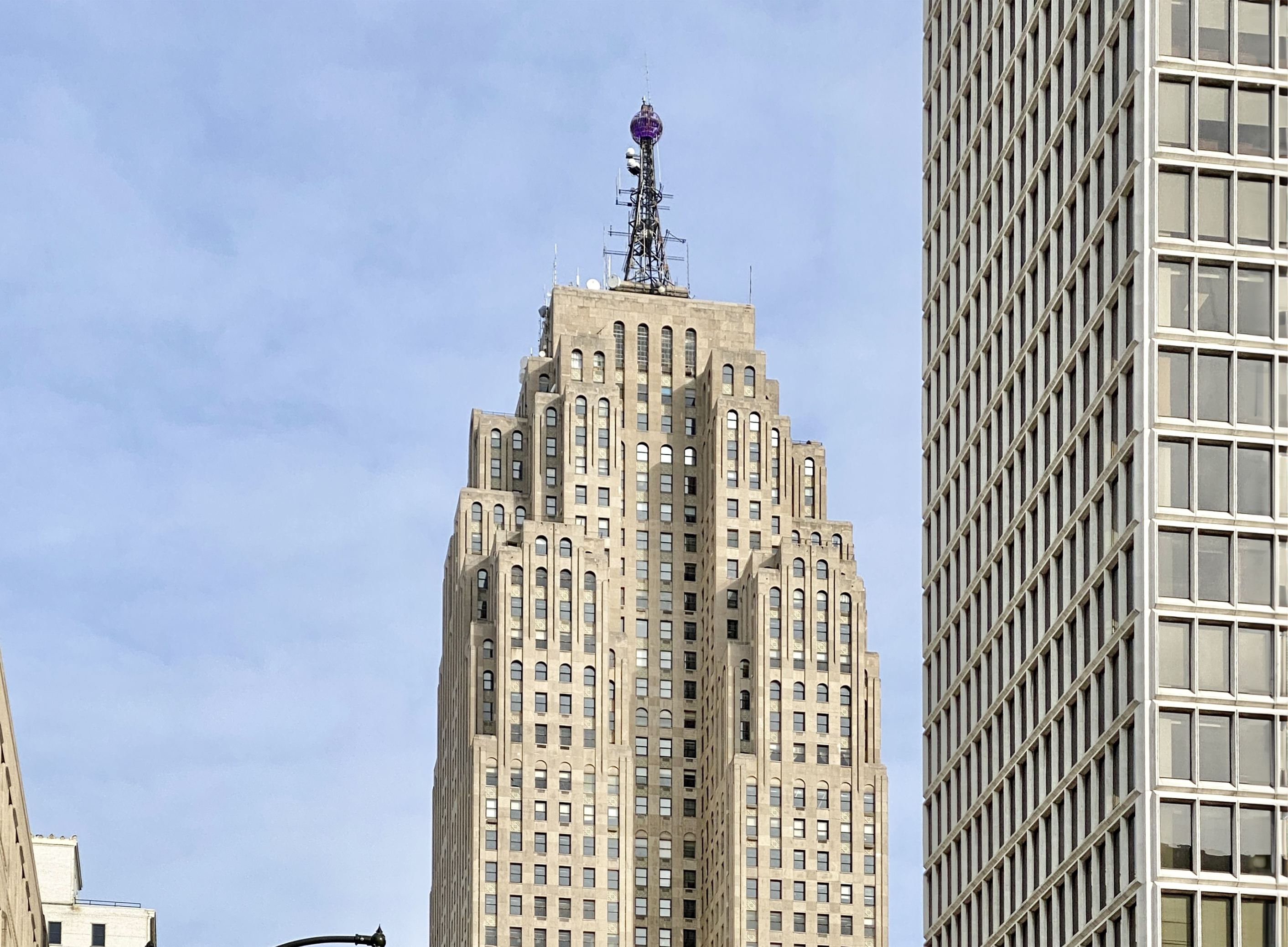The Michigan Bell and Western Electric Warehouse is an Art-deco skyscraper designed by Smith, Hinchman & Grylls, and built between 1929 and 1930 in Detroit, MI.
Michigan Bell and Western Electric Warehouse is not the only name you might know this building by though. The building is, or has also been known as NSO Bell Building.
Its precise street address is 882 Oakman Boulevard, Detroit, MI. You can also find it on the map here.
The Michigan Bell and Western Electric Warehouse is a structure of significant importance both for the city of Detroit and the United States as a nation. The building embodies the distinctive characteristic features of the time in which it was built and the Art Deco style. Because of that, the Michigan Bell and Western Electric Warehouse was officially included in the National Register of Historic Places on December 8th 2009.
The building underwent a major restoration between 2009 and 2013.
